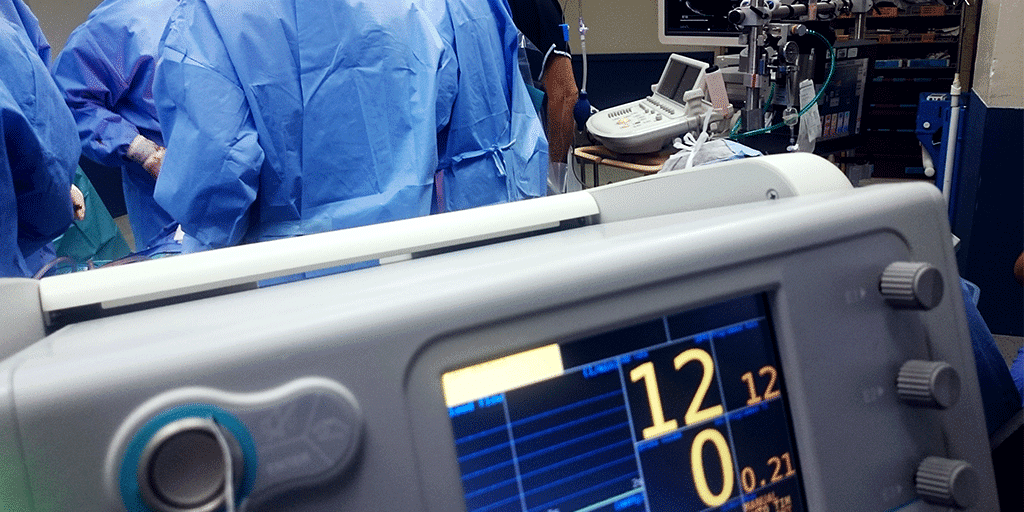When you’re gaming or enjoying a movie over the web, latency (experienced as lag) can be annoying. When performing an operation, latency can be catastrophic. Fortunately, next generation connectivity solves that problem and opens up new possibilities in the delivery of medical care.
Surgeons conducted the first remote surgery back in 2001. People referred to this event as the “Lindbergh Operation” because the surgical team, located in New York, effectively crossed the ocean to operate on a patient in France. To overcome the inevitable latency issues, the team relied on dedicated, high-speed fiber-optic services provided by France Telecom. Although the operation was a success, such procedures failed to become commonplace. The reason? Latency.
Surgery happens in real time. Latency needs to fall below 100 milliseconds to avoid lengthy surgical procedures or “surgical inaccuracies.” Dedicated fiber networks can solve that problem, but at an extraordinary cost (making it cheaper to fly the surgical team to the patient). For this reason, after this original success, telesurgery efforts stalled.
Until this year.
First, in January, a surgeon in China used a 5G network to perform surgery on a test animal 30 miles away. Then, in February, at a conference in Barcelona, a doctor directed a surgery remotely via 5G while the audience watched. Finally, another surgeon in China performed brain surgery on a patient more than 1,800 miles, again with the aid of 5G technology.
In other words, ultra-low latency technology has finally achieved the exacting standards required by the critical, real-time demands of the operating room. What’s more, this couldn’t have come a moment too soon. Estimates suggest that the US will experience a shortage of up to 120,000 physicians over the next decade. What’s more, many rural Americans cannot find a physician within one to two hours of their home today.
Ultimately, these trends indicate that the need for ultra-low latency network connections, particularly in urban centers, will only increase. Given the concentration of cutting edge medical capabilities in America’s cities, finding ways to connect these resources to the communities that most need them is crucial. Urban-based, interconnected data centers will play leading role in doing just that.
To find out more about Netrality’s data center solutions, get in touch.


